Classical surgical methods of forehead lift (front lifting) using coronary access can provoke hair loss in the area of the incision and a shift in the boundary border of hair growth, moreover, noticeable scars in the area of skin dissection are likely to appear. Postoperative hematomas increase the rehabilitation period and can lead to the appearance of age spots on the skin and compaction of areas. Due to the fact that cosmetic plastic surgery is focused on improving the appearance and quality of life of almost healthy people, there is a need to introduce high-tech methods that cause minimal injury, such as endoscopic lifting.
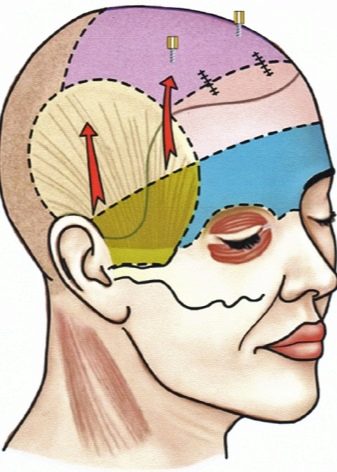
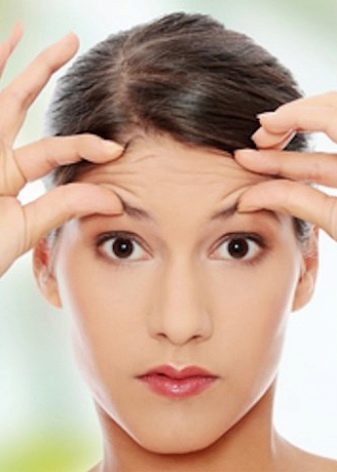
Features
Today, endoscopic forehead lift and eyebrow lifting are the most popular, forced procedures. All women have an inherent desire to look better, but by the age of forty, some people not only are outlined, but already clearly marked folds (deep wrinkles) are present. Own reflection in the mirror ceases to like, giving rise to the appearance of various complexes.
Plastic surgery has long been the norm, and operations become available to the general public. However, to a greater extent than the cosmetic manifestations of aging, people are afraid of possible scars and a long rehabilitation period. With the advent of a new technology - face lifting with an endoscope, which allows you to tighten the skin and muscles through small incisions and minimize rehabilitation time - this problem is largely solved.If necessary, during the procedure, you can correct the shape of the eyes and eyebrows, as well as get rid of wrinkles.

Currently, many clinics carry out an endoscope lift. A modern, very gentle way of rejuvenation makes it possible to achieve good results without radical surgical intervention.
In most cases, the procedure is in demand among women, however, men quite often do it. In addition, the procedure has few contraindications and serious side effects. Such a rejuvenation technique is timely for those who do not want to have a serious operation or who simply do not yet have solid indications for it. The positive effect of the procedure is on average kept for 7-10 years. Of course, it all depends on a healthy lifestyle and facial.

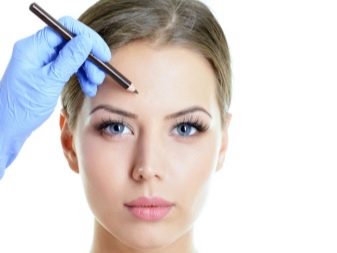
Indications
An important point is the age at which the forehead should be lifted. A potential client of a plastic surgeon is an adult from 40 to 60 years old. But this does not mean at all that it is too late to correct the time stamp at 70 or 80 and that you cannot use the services of a plastic surgeon. Today, the number of young patients under the age of 30 years who use forehead plastic as an image, trying to raise the outer corners of the eyes or the tails of eyebrows through endosurgery, is also growing.
Therefore, in such a situation, such an operation is more of an image or beauty character., and is not aimed solely at removing age-related changes. Undoubtedly, many people want to instantly become young, but surgical intervention is a difficult and rather unsafe event, and to minimize risks, it is necessary to comply with individual requirements for the applicant for the operation.
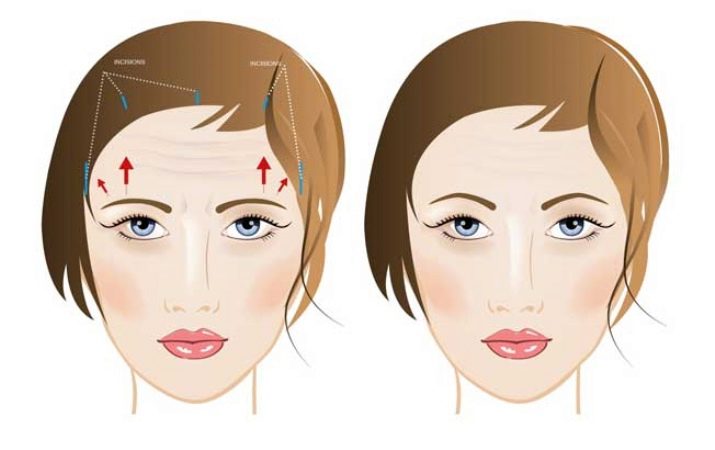
General well-being is extremely important - the patient must be physically healthy and mentally stable. Smokers will have to forget about cigarettes at least for the pre- and postoperative period.
Key guidelines and indications for performing frontlifting surgery are almost unlimited, but the main indication is ptosis (drooping) of eyebrows in the lateral (lateral) and middle (medial) zones. The degree of omission is qualified by the distance from the horizontal line at the level of the pupils of the eye to the lower end of the eyebrows. The operation is indicated when the distance is reduced to less than 2.5 cm.

Relative indications:
- unattractive eyebrow shape - a strongly pronounced effect of rage, sadness or constant fatigue;
- overhanging of the upper eyelids - a significant omission of the outer end of the upper eyelid, caused by the lowering of the eyebrows;
- large-scale ptosis of the skin of the upper third of the face with the further formation of excess skin in the upper lobe of the nasal zone, as well as ptosis of the tip of the nose;
- great laxity in the temples, from the outer edges of the forehead and in the corners of the eyes.
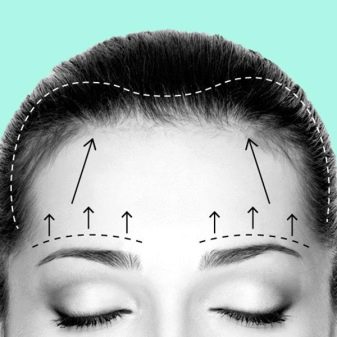

Relative indications associated with unnatural activity of the frontal muscles:
- deep horizontal folds on the forehead;
- a large number of oblique and vertical interbrow lines;
- the presence of folds in the root of the nose.
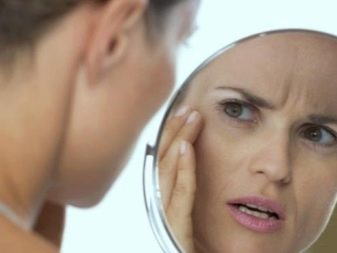

Contraindications
Despite the fact that the purpose of the operation is to help as many people as possible, there is an extensive range of contraindications.
However, the main part of them accompanies absolutely all surgical operations:
- high blood pressure;
- severe cardiovascular diseases - in this state, any surgical intervention is dangerous;
- diabetes, unfortunately, excludes surgical intervention as such, since metabolic disturbances give rise to a condition of the skin and blood vessels that makes aesthetic plastic surgery pointless;
- thyroid disease - how the body will respond to external intervention is unknown;
- blood clotting disorder;
- severe diseases of the internal organs;
- infectious diseases;
- oncological diseases;
- extremely low skin elasticity - is established by special methods, and with a small level of elasticity, muscle stratification does not minimize prolapse;
- significant damage to the skin near the eyebrows and on the forehead.
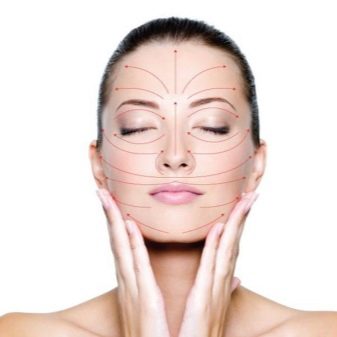
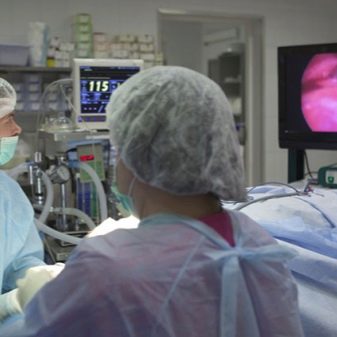
You should not perform a procedure to tighten the skin of the forehead if it has lost elasticity.
The presence of severe skin injuries in the forehead is also a contraindication for such procedures. At the same time, any doctor takes into account in advance whether the patient is suitable for the operation from the position of individual features of the bone structure and anatomical features of the body, which may interfere with the operation.
Execution technology
Standard preparatory procedures include: ECG and laboratory tests, HIV screening, inflammatory diseases of the liver and syphilis, determination of the Rh factor and blood type.
Any reasons that have a negative effect on rehabilitation after surgery should be eliminated (intoxication, alcohol, tobacco). 2-3 weeks before the procedure, you must stop taking blood thinners. The same applies to hormonal drugs. Taking other medicines is consistent with your doctor.

On the day of surgery, the patient is prescribed antiviral and antibacterial therapy. 6 hours before surgery, you must stop drinking and eating.
The frontlift procedure is performed both under local and general anesthesia with the use of high-tech endoscopic equipment.
When endolifting the frontal part, the incisions are performed on the scalp, departing from the border of hair growth 1-2 cm. The number and size of sections is determined individually - it depends on the goals. In most cases, surgeons make 2 horizontal incisions in the temporal part, running along the hairline, 2-3 cm long each, and 3 vertical incisions 1-1.5 cm in size in the frontal area of the head (one in the center and 2 at the edges).
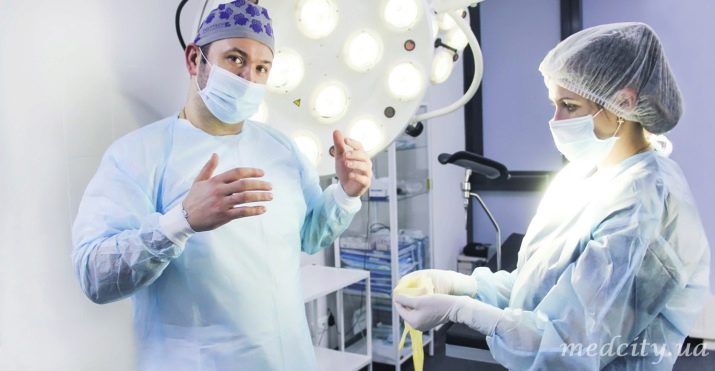
Through small incisions, special devices are used that are used during endoscopic operations, which make it possible to exfoliate the muscles above the bridge of the nose between the eyebrows and displace the lowered tissues, which makes it possible to smooth the wrinkles of the bridge of the nose and forehead. A specialized video camera is introduced into one of the sections, which sends a picture to the monitor and allows you to save the smallest blood vessels, branches of sensitive cranial nerves, arteries and veins during the operation.
Having given the desired shape and position to the eyebrows, the skin dissection sections are connected with specialized paper clips. Separated tissues in the temple area are fixed with threads, and in the area of the periosteum (periosteum) - with screws. Immediately after the procedure, the operated person may have difficulty closing the upper eyelids. A similar symptom appears as a result of skin tightening and, as a rule, disappears after a few days. The small scars remaining after surgery will quickly heal.
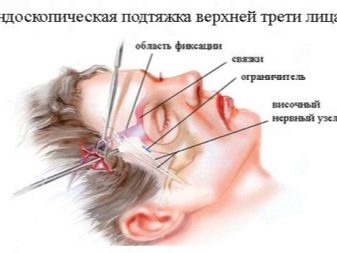

Recommendations
The recovery period after endoscopic forehead surgery is relatively short, in fact, which is why this method is so in demand.
There are recommendations that must be followed in order to be safe from adverse effects.
- In the first 3 weeks of the postoperative period, it is necessary to stop physical activity or minimize it.
- It is necessary to follow a diet and a healthy diet. To do this, consult a dietitian.
- Tobacco and alcohol are strictly contraindicated. In the process of recovery from unhealthy addictions must be completely abandoned. They not only have a detrimental effect on the general condition of the body, but also can become a driving force in the development of complications and inhibited tissue repair.
- To prevent the occurrence of puffiness, it is necessary to limit yourself in the use of fluids.In addition to water, you can drink only tea and mineral water.
- It is necessary to introduce a limit on taking medications. The list of permitted medicines should be discussed with the doctor.
- It is necessary to sleep exclusively on a high pillow so that the head is in an elevated position relative to the level of the body.
- If swelling and bruising occur, you can make cold lotions. Sometimes painkillers are prescribed. As a rule, the action of ordinary analgesics is sufficient.
- Washing of the head is allowed only after removal of the sutures. The first time after lifting, do not use a hairdryer.
- Hikes to baths and pools are strictly prohibited. You can resume visiting such establishments no earlier than in a month.
- Excessive forehead expressions should be avoided, as well as not rubbing areas that underwent surgery.
- It is necessary to wear a tight bandage in order to fix a new position of tissues.
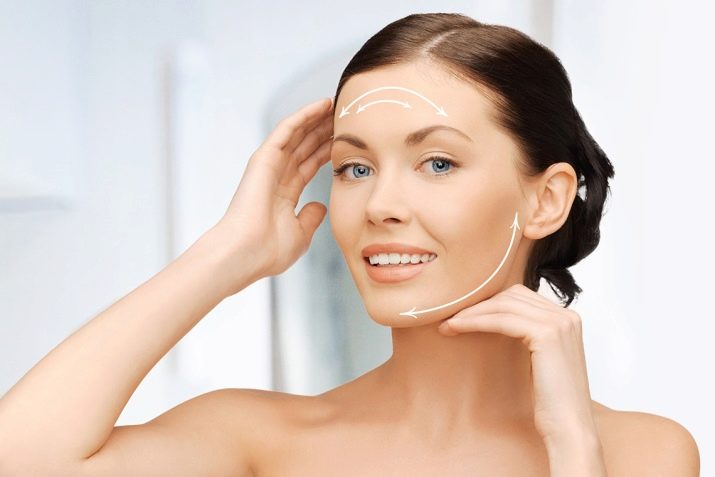
Of course, any surgical intervention can produce negative consequences. However, endoscopic lifting is more a gentle method, and because of this, it is extremely popular. Leaving reviews, patients note that thanks to such an operation, the face, by and large, looks refreshed and rejuvenated, acquires the correct shape, the skin of the forehead straightens, and wrinkles become invisible.
In the video below, you will hear answers to many questions about endoscopic forehead lift.










